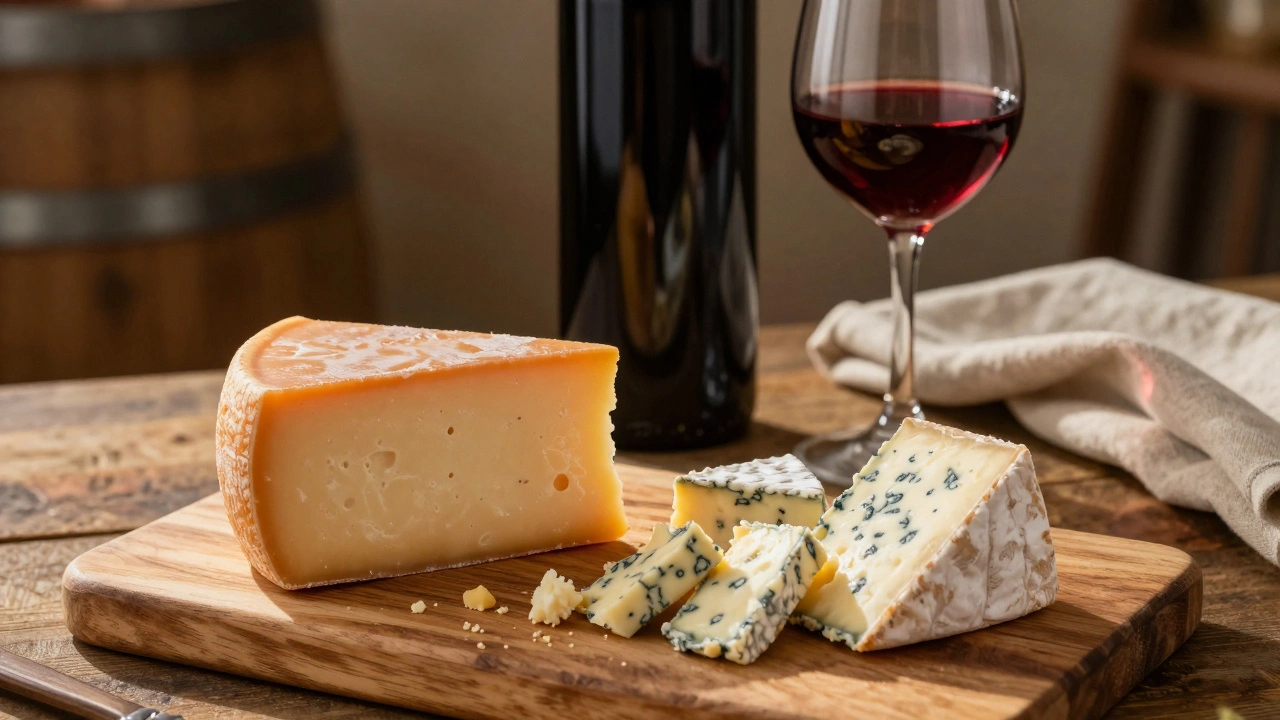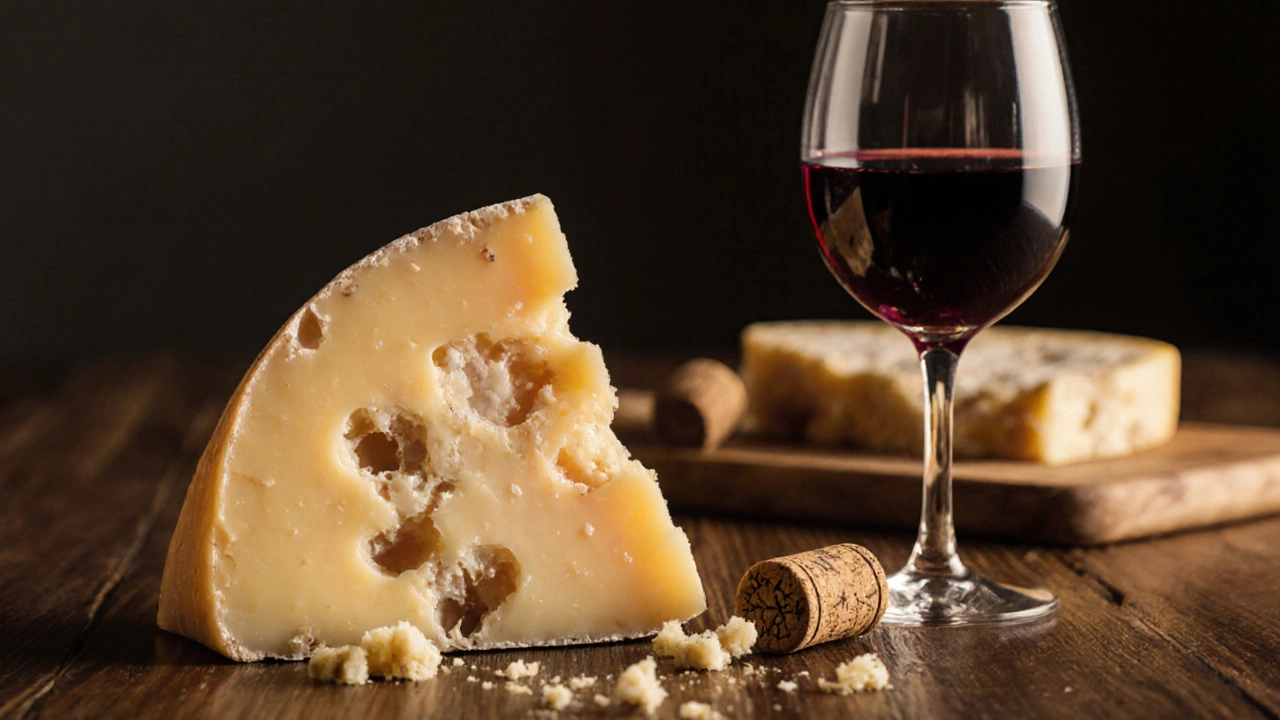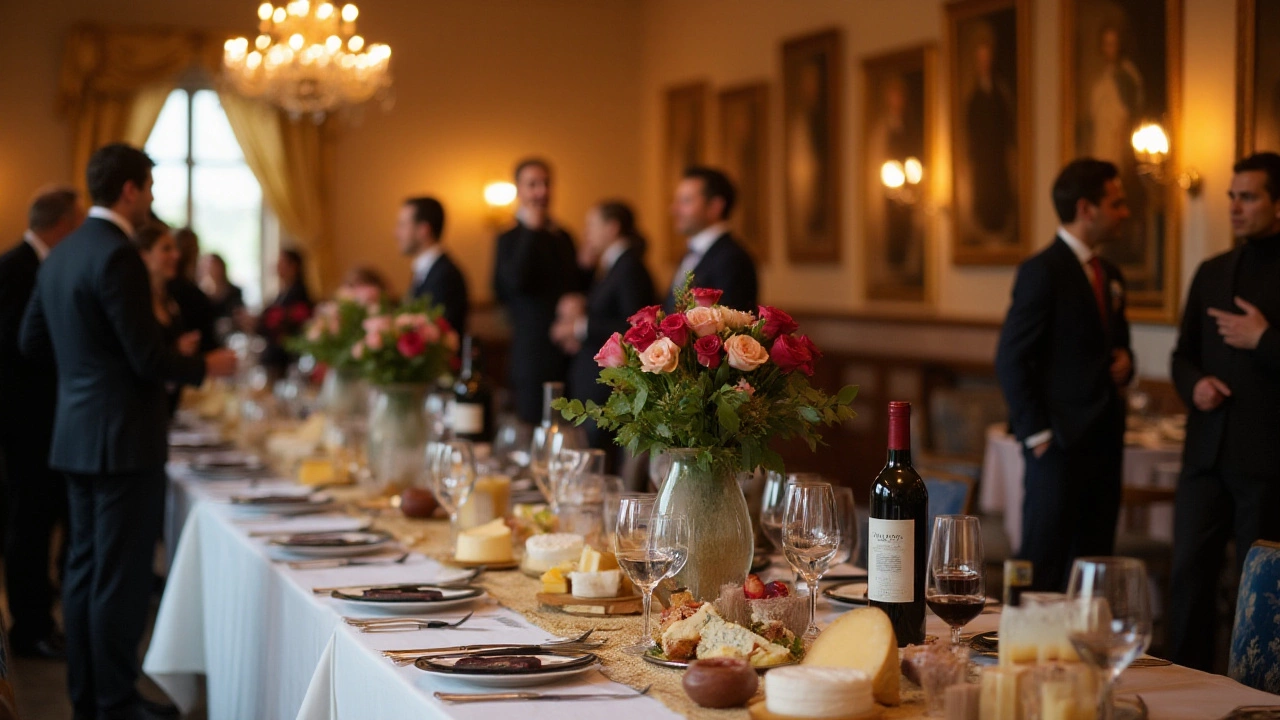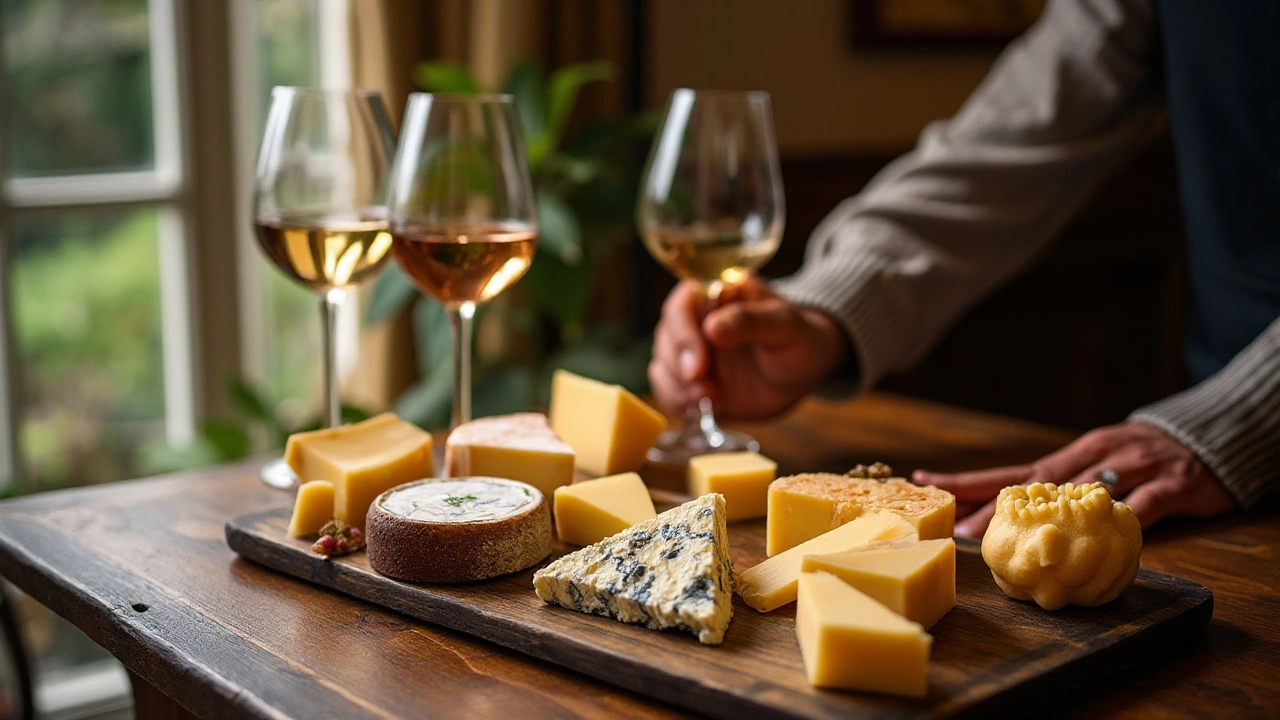Wine and Cheese Pairing Made Simple
Ever wonder why wine and cheese feel like a natural duo? It’s not magic – it’s balance. The right cheese can soften a wine’s acidity, while the right wine can highlight a cheese’s creaminess. Below you’ll get clear, bite‑size advice to build a board that feels thought‑out without the hassle.
Start With the Basics: Match Strength and Texture
Think of wine and cheese as partners in a dance. A light white wine such as Pinot Grigio pairs nicely with a soft cheese like Brie or fresh goat cheese. The wine’s crispness cuts through the cheese’s buttery texture, leaving a clean finish. On the flip side, a bold red like Cabernet Sauvignon needs a firm, aged cheese – think cheddar or gouda – to stand up to its tannins.
If you’re not sure where to begin, use this quick rule: light‑to‑light, medium‑to‑medium, bold‑to‑bold. A delicate Sauvignon Blanc with a mild feta, a medium‑bodied Merlot with a semi‑hard Manchego, and a deep Shiraz with a sharp, aged blue cheese all follow that pattern.
Flavor Friends: Pair by Taste Notes
Look at the flavor profile of the wine and find a cheese that mirrors or complements it. Citrus‑forward wines love tangy cheeses. For example, a citrusy Riesling shines next to a sharp, tangy cheddar. Earthy wines like Pinot Noir enjoy earthy cheeses such as mushroom‑infused gouda. Sweet wines, think late‑harvest or a dessert Riesling, love creamy, slightly salty cheeses like blue or gorgonzola – the salt balances the sugar.
Don’t forget the little extras. A drizzle of honey on blue cheese can soften its bite, making it pair even better with a sweet wine. A handful of walnuts adds a crunchy texture that works well with a nutty Chardonnay, especially if you’re using a cheese like Gruyère.
Our post "The Real Reasons Cheese and Wine Are Always Paired" explains the science behind these combos, while "Best Cheeses to Pair with Chardonnay" gives a handy cheat sheet for that popular white wine.
When you build your board, aim for variety: two soft cheeses, two firm cheeses, and a few accompaniments like fresh fruit, cured meats, and crusty bread. This mix lets guests explore several pairings without feeling overwhelmed.
Finally, serve the wine slightly cooler than room temperature – about 12°C (55°F) for whites and 16°C (60°F) for reds. Cooler temperatures keep the flavors brighter, letting the cheese’s richness shine without being masked.
With these tips, you can whip up a winning wine and cheese spread in minutes. Grab a bottle, pick a few cheeses, and start tasting. You’ll soon see why this classic pairing never gets old.
Red or white wine with cheese? Neither is better - it's about matching acidity, fat, and intensity. Discover the real science behind the best pairings, from Sauvignon Blanc with goat cheese to Port with blue cheese.
View DetailsWine and cheese pairing isn't just tradition-it's science. Learn which combinations work, which fail, and how to pair them like a pro using taste tests, chemistry, and expert tips.
View DetailsPairing wine and cheese doesn’t have to be a puzzle. This article breaks down easy, reliable matches between popular cheeses and wines, shows what works (and what flops), and throws in interesting tips along the way. Expect practical advice you can actually use at your next get-together or quiet evening in. Forget the snobbery—discover real combinations that taste amazing together. Wine and cheese are meant to be fun, and you’ll walk away knowing exactly what to serve.
View DetailsThe 3-3-3 rule is a lifesaver for anyone building a charcuterie board, especially when you're feeling overwhelmed by endless choices. This article spells out what the rule is, why it works so well, and how you can use it to make a crowd-pleasing spread without second-guessing every item. I'll break down what you need, offer pairing ideas, and even share a few pro tips for the perfect board. Whether you’re hosting your first wine night or looking to up your appetizer game, this guide keeps things simple, tasty, and stress-free.
View DetailsWine and cheese pairing is a timeless culinary tradition that sparks a spirited debate: should you start with the cheese or the wine? This article explores the nuances of taste and texture that underpin this choice, providing insights into how various cheeses interact with different wines. By understanding the aromas, flavors, and contrasts, readers will learn to elevate their tasting experience. Whether you're a seasoned connoisseur or a curious beginner, get ready to savor the delightful complexity of these pairings.
View DetailsA wine and cheese reception is a sophisticated gathering that celebrates the harmonious pairing of fine wines and gourmet cheeses. These events offer attendees an opportunity to explore a variety of taste profiles, learning about the subtle interplay between different wines and cheeses. Hosting such receptions requires careful consideration of pairing principles, venue selection, and presentation techniques. This article delves into the essentials of arranging a memorable wine and cheese reception, complete with tips for perfect pairings.
View DetailsExploring the delightful world of wine and cheese pairing involves more than just a simple matching of flavors. This guide unravels the complexities and subtleties of creating harmonious combinations that enhance taste and experience. Delve into tips for choosing the perfect wine for your cheese platter and discover surprising pairings that will impress even the most discerning palate. Whether you're a novice or a seasoned expert, this article offers invaluable insights to elevate your culinary enjoyment.
View Details







